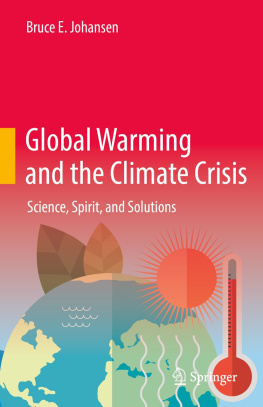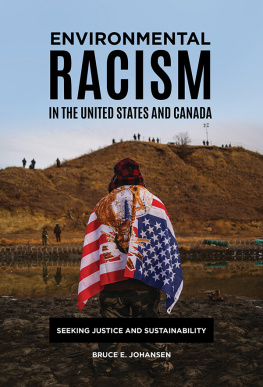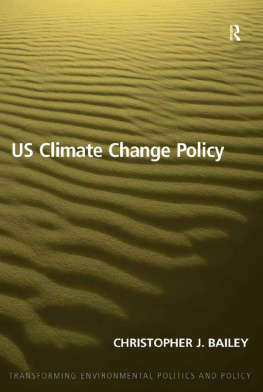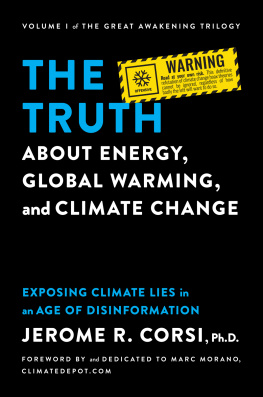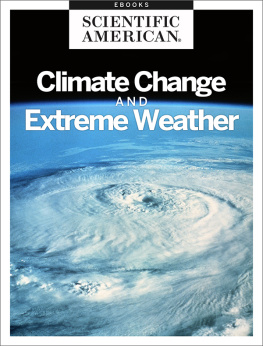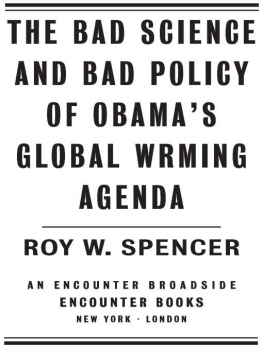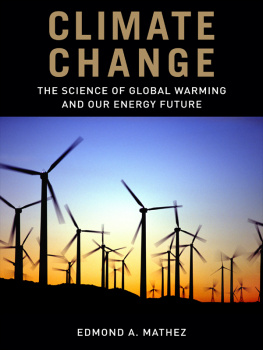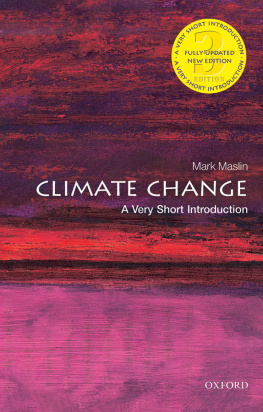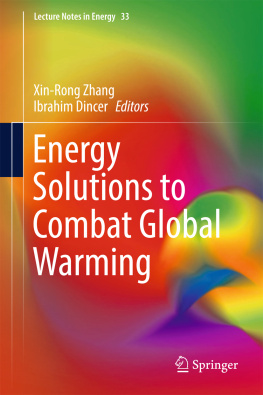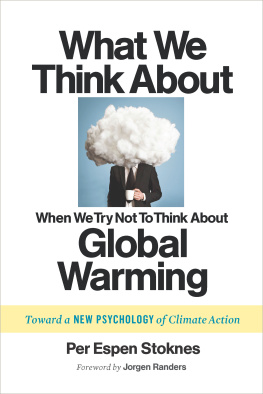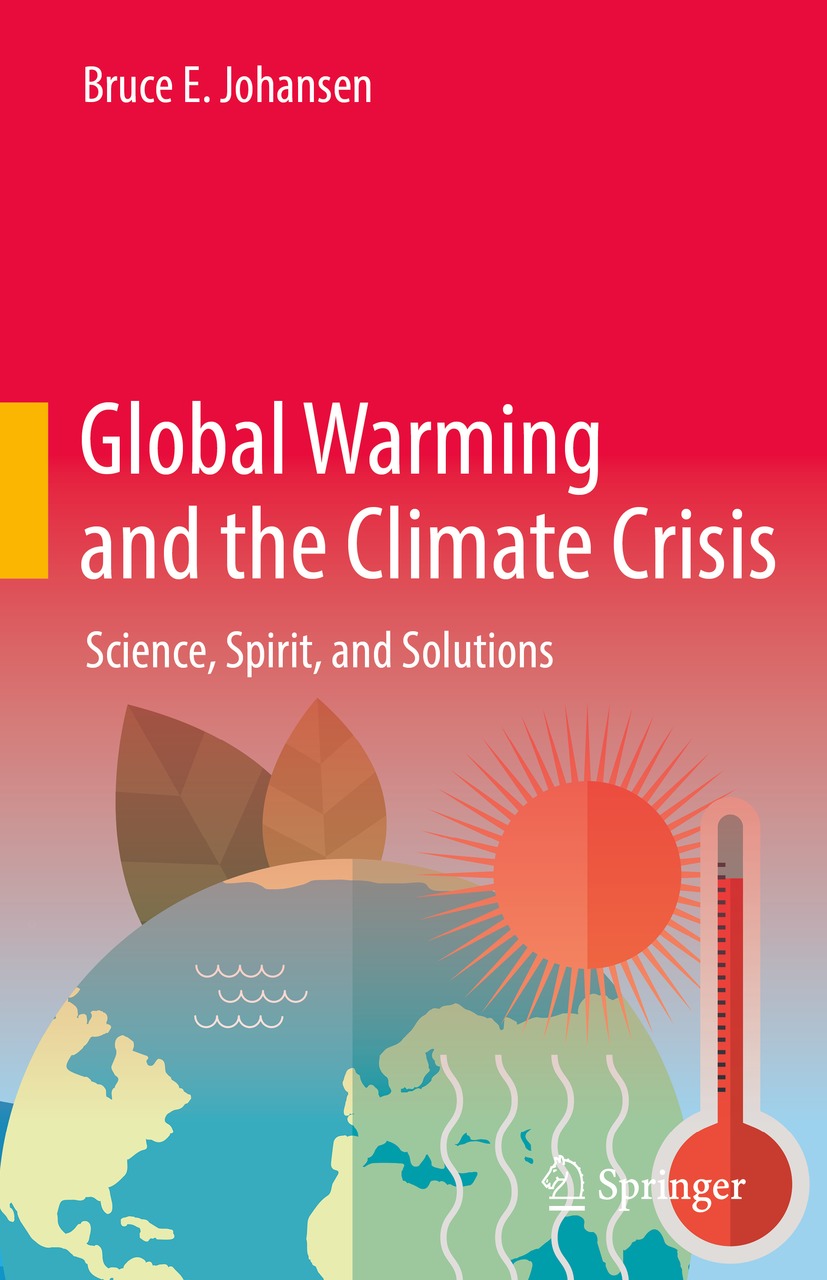Bruce E. Johansen - Global Warming and the Climate Crisis: Science, Spirit, and Solutions
Here you can read online Bruce E. Johansen - Global Warming and the Climate Crisis: Science, Spirit, and Solutions full text of the book (entire story) in english for free. Download pdf and epub, get meaning, cover and reviews about this ebook. year: 2023, publisher: Springer, genre: Romance novel. Description of the work, (preface) as well as reviews are available. Best literature library LitArk.com created for fans of good reading and offers a wide selection of genres:
Romance novel
Science fiction
Adventure
Detective
Science
History
Home and family
Prose
Art
Politics
Computer
Non-fiction
Religion
Business
Children
Humor
Choose a favorite category and find really read worthwhile books. Enjoy immersion in the world of imagination, feel the emotions of the characters or learn something new for yourself, make an fascinating discovery.
- Book:Global Warming and the Climate Crisis: Science, Spirit, and Solutions
- Author:
- Publisher:Springer
- Genre:
- Year:2023
- Rating:4 / 5
- Favourites:Add to favourites
- Your mark:
Global Warming and the Climate Crisis: Science, Spirit, and Solutions: summary, description and annotation
We offer to read an annotation, description, summary or preface (depends on what the author of the book "Global Warming and the Climate Crisis: Science, Spirit, and Solutions" wrote himself). If you haven't found the necessary information about the book — write in the comments, we will try to find it.
Providing a well-written and easy-to-follow overview of knowledge of science-based geophysical facts, including thermodynamics, the book puts a strong emphasis on why expeditious action on global warming is urgent. The book also explains why smart greenhouse-gas reduction strategies will ignite economic growth, generate new domestic jobs, protect public health, and strengthen energy security.
Not assuming a scientific background on the part of the reader, Global Warming and the Climate Crisis: Science, Spirit, and Solutions offers an ideal supplemental reading in many types of courses in Earth sciences, climate policy, climate change sciences, as well as politics of climate change, from high school through undergraduate. General readers also will benefit from its treatment of this very important and timely issue.
Bruce E. Johansen: author's other books
Who wrote Global Warming and the Climate Crisis: Science, Spirit, and Solutions? Find out the surname, the name of the author of the book and a list of all author's works by series.

